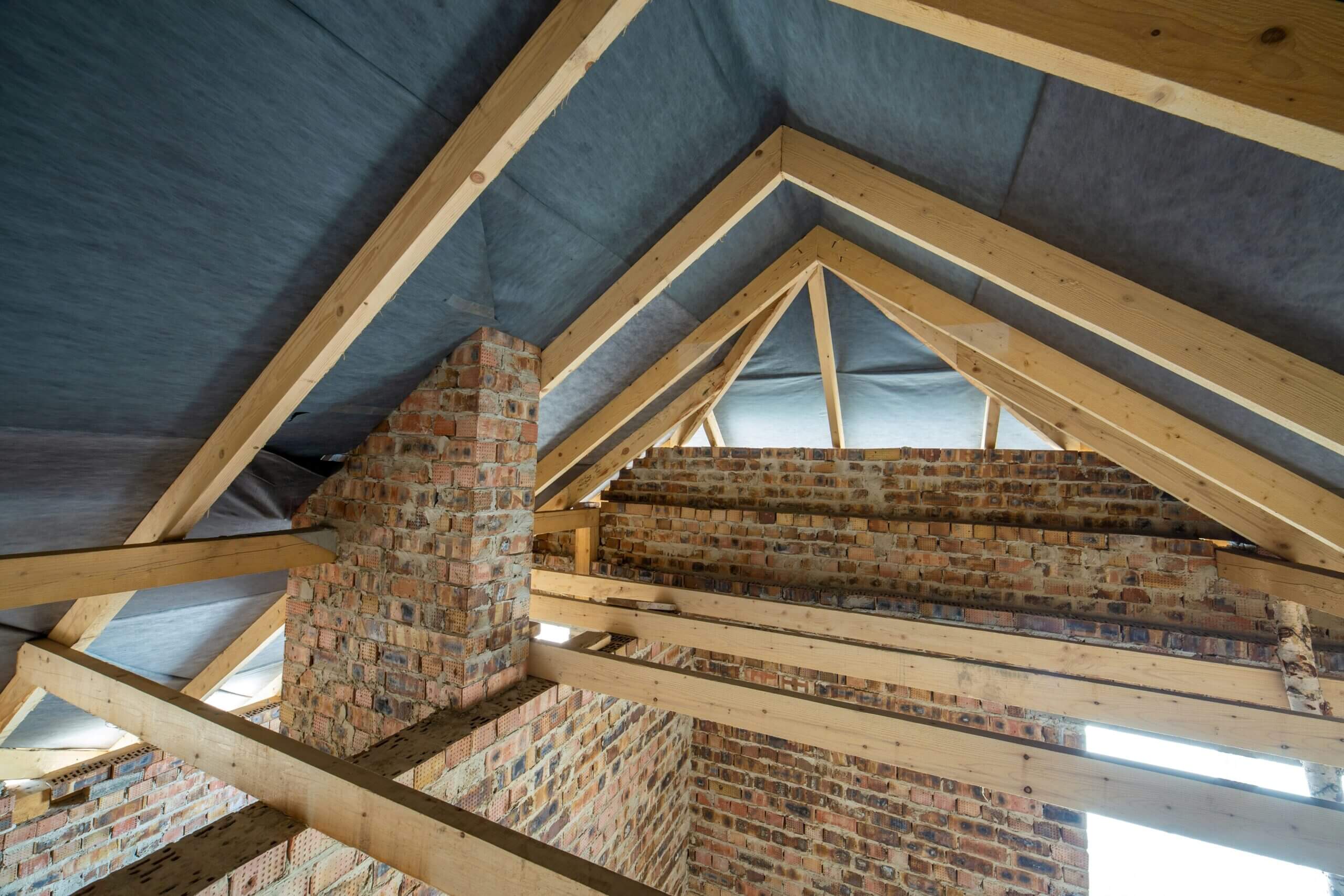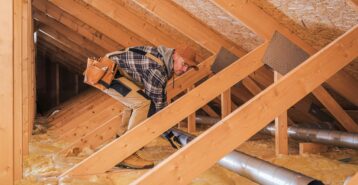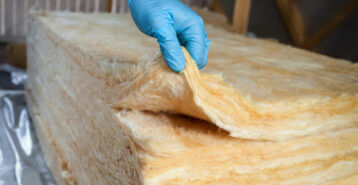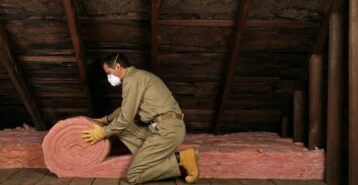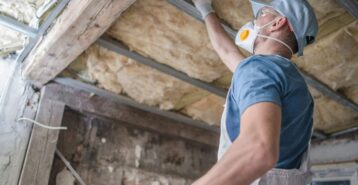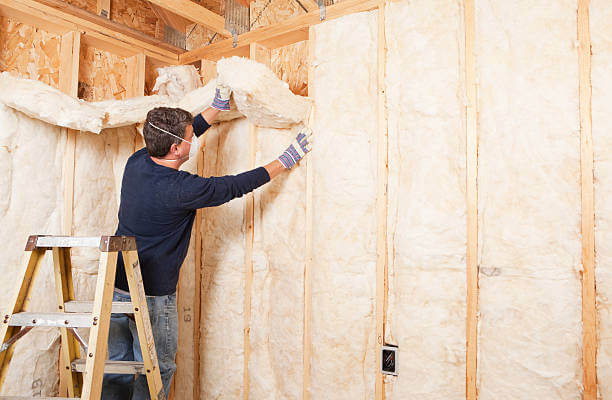What Are the Most Common Types of Insulation?
Choosing the right insulation is key to improving your home’s energy efficiency, comfort, and protection against the elements. With various types of insulation available, each offering unique benefits, it’s important to understand which options suit your specific needs. Here are 10 types of insulation to consider for your home.
1. Rolled Insulation (Batts and Rolls)
- Best For: Attics, walls, floors, and ceilings with standard framing.
- Material: Fiberglass, mineral wool, natural fibers.
- Installation: DIY-friendly or professional.
Rolled insulation, also known as batts or blankets, comes in large rolls that fit between wall studs, attic rafters, and floor joists. Made from materials like fiberglass or mineral wool, it’s a cost-effective and easy-to-install option that works best in areas with regular framing. While it offers good coverage and thermal resistance, its effectiveness can be compromised by gaps or compression.

2. Blown-In Insulation
- Best For: Attics, wall cavities, and hard-to-reach areas.
- Material: Cellulose, fiberglass, mineral wool.
- Installation: Requires professional installation.
Blown-in insulation consists of loose particles that are blown into attics, walls, and other hard-to-reach spaces using specialized equipment. It provides excellent coverage by filling gaps and irregular spaces, making it ideal for retrofits and adding insulation to existing homes. Blown-in insulation effectively reduces air leaks, but professional installation is necessary to ensure proper application.
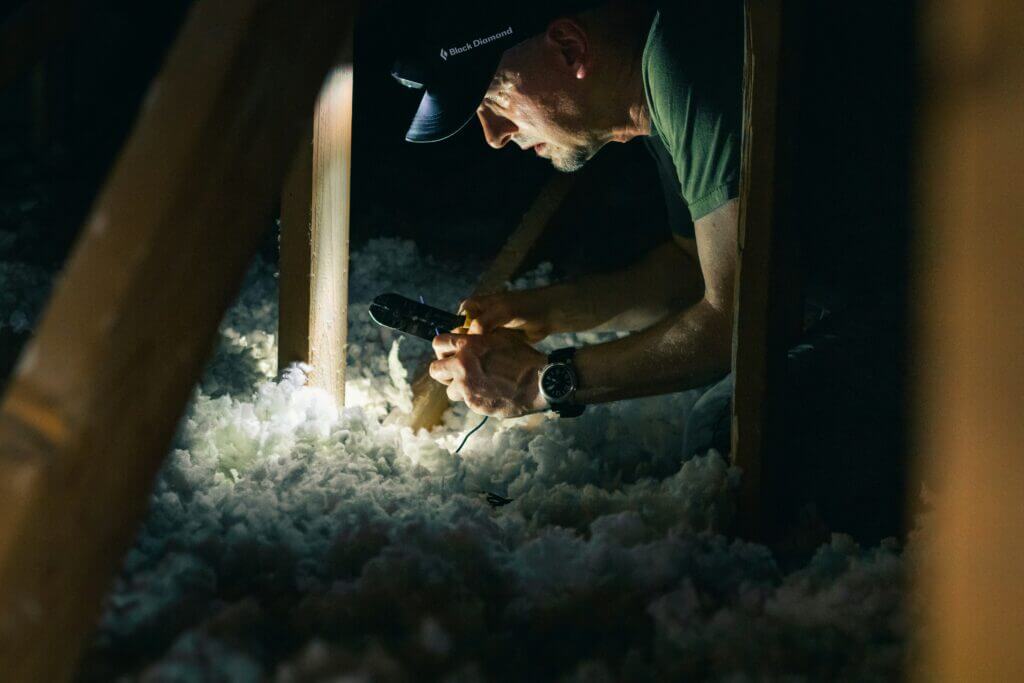
3. Spray Foam Insulation
- Best For: Walls, attics, basements, and areas prone to air leakage.
- Material: Polyurethane or latex.
- Installation: Professional installation required.
Spray foam insulation expands upon application, creating a seamless air barrier that fills cracks and gaps. It comes in two types: open-cell (more flexible and softer) and closed-cell (denser and more moisture-resistant). Spray foam offers a high R-value and is ideal for reducing air leakage, insulating irregular spaces, and preventing moisture and pest issues. However, it is one of the more expensive options and requires professional installation.
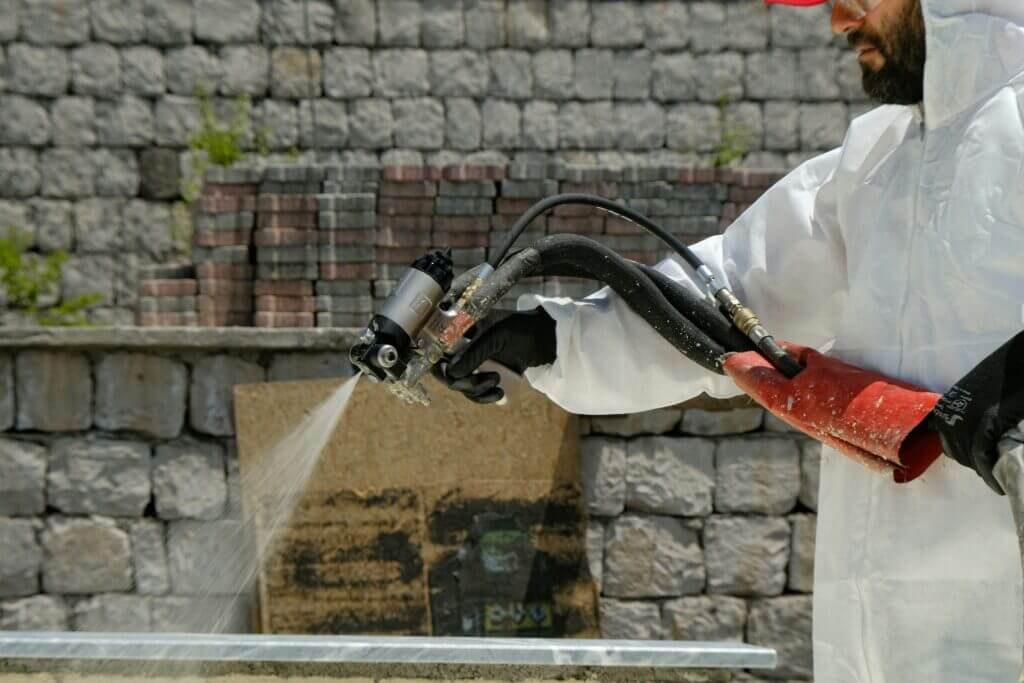
4. Rigid Foam Board Insulation
- Best For: Exterior walls, basement walls, foundations, and roofs.
- Material: Polystyrene, polyurethane, polyisocyanurate.
- Installation: Professional or DIY.
Rigid foam board insulation consists of lightweight panels that provide a high R-value with minimal thickness. These boards are ideal for areas where space is limited but insulation is needed, such as exterior walls and basements. They also offer excellent moisture resistance, making them suitable for damp areas. However, foam boards can be challenging to install around existing structures and may require additional fire-resistant coverings.
5. Reflective or Radiant Barrier Insulation
- Best For: Attics and hot climates.
- Material: Aluminum foil, cardboard, or plastic films.
- Installation: DIY-friendly or professional.
Reflective insulation and radiant barriers are designed to reflect heat away from the home rather than absorb it, making them highly effective in hot climates. They are usually installed in attics to reduce cooling costs by reflecting radiant heat. These types of insulation are less effective in colder climates but can significantly reduce heat gain in warmer areas.
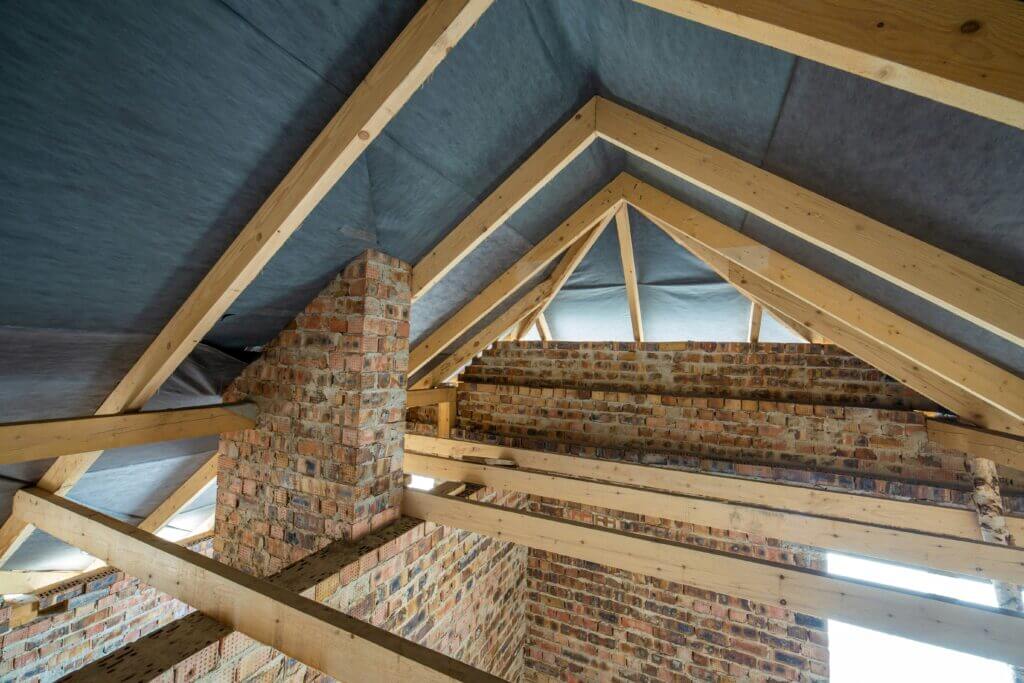
6. Loose-Fill Insulation
- Best For: Attics, wall cavities, and unfinished spaces.
- Material: Fiberglass, cellulose, mineral wool.
- Installation: Requires professional installation.
Loose-fill insulation is similar to blown-in insulation but uses different materials and techniques. It consists of small particles that can be poured or blown into place, filling irregular spaces and providing good coverage. This type is ideal for adding insulation to hard-to-reach areas in both new and existing homes, but it can settle over time, reducing its effectiveness.
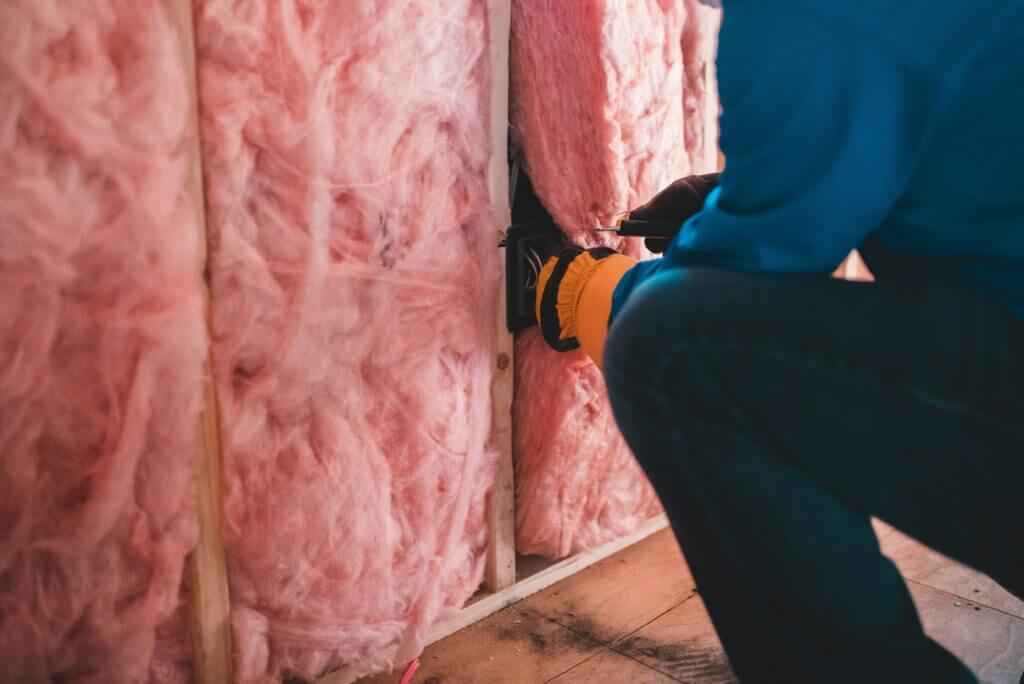
7. Structural Insulated Panels (SIPs)
- Best For: New construction and major renovations.
- Material: Polystyrene, polyisocyanurate, or polyurethane foam.
- Installation: Professional installation required.
Structural Insulated Panels (SIPs) are prefabricated panels consisting of a foam core sandwiched between two layers of structural board. They provide excellent insulation and are often used in walls, roofs, and floors of new homes. SIPs offer high energy efficiency and a tight building envelope but require professional installation and are typically more expensive upfront.
8. Cotton (Denim) Insulation
- Best For: Walls and ceilings.
- Material: Recycled cotton or denim.
- Installation: DIY-friendly or professional.
Cotton insulation, also known as denim insulation, is made from recycled cotton fibers, offering a sustainable, eco-friendly option. It provides good thermal and sound insulation properties and is treated with non-toxic fire retardants. Cotton insulation is relatively easy to handle and install, making it suitable for both DIY and professional projects. However, it can be more expensive than traditional fiberglass options.
9. Mineral Wool (Rock Wool) Insulation
- Best For: Walls, ceilings, and areas needing fire resistance.
- Material: Basalt rock or steel slag.
- Installation: DIY-friendly or professional.
Mineral wool insulation is made from natural rock or metal materials and is highly fire-resistant. It provides excellent thermal and sound insulation and is easy to cut and fit into irregular spaces. Mineral wool is particularly suited for areas where fire resistance is a priority, such as around chimneys or furnace rooms. It is moisture-resistant, but can be more costly than fiberglass alternatives.
10. Vermiculite and Perlite Insulation
- Best For: Attics, walls, and loose-fill applications.
- Material: Expanded mica (vermiculite) or volcanic glass (perlite).
- Installation: Requires professional installation.
Vermiculite and perlite insulation are lightweight, granular materials that can be poured into place or used in loose-fill applications. They provide good insulation and fire resistance but have lower R-values than other types. Vermiculite insulation should be installed by professionals, especially in older homes, as it may contain asbestos.
Which Type of Insulation Is Right for You?
Choosing the right insulation depends on your home’s specific needs, climate, and budget. Each type has unique advantages and is best suited for different applications. For the best results, consider consulting with a professional to determine the most effective insulation solution for your home.
